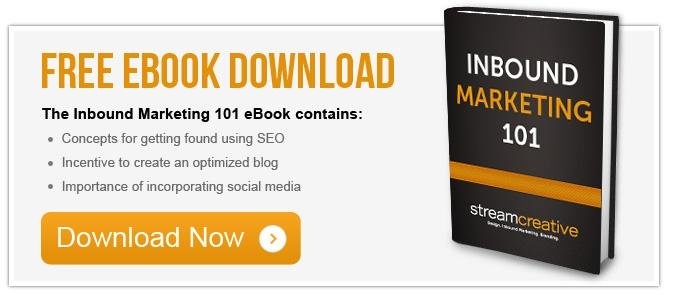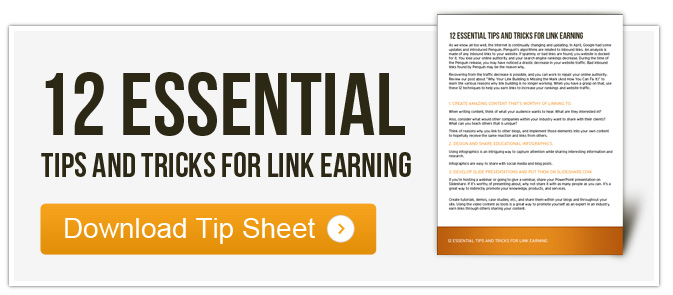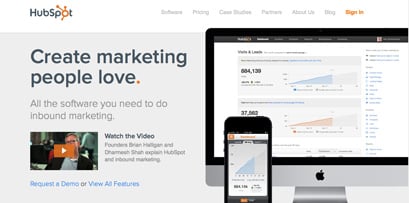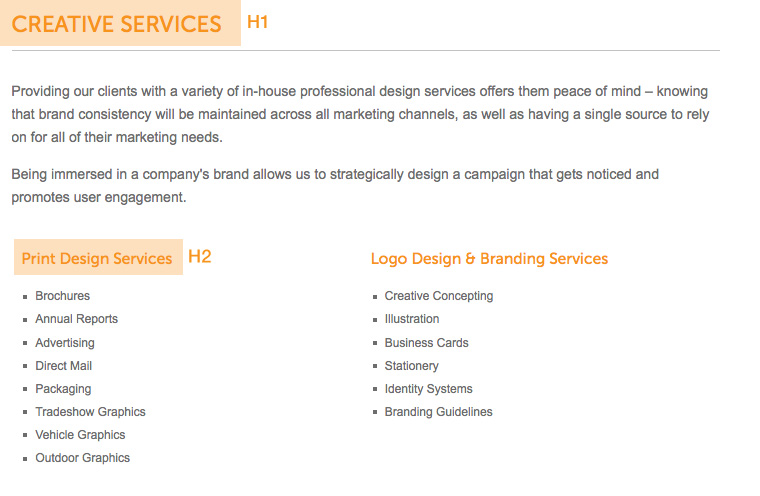 Do you have an overwhelmingly long list of all your email contacts? Do these contacts receive every single email you send out? You know you should go through the list and segment them into different buyer personas and categories, but don’t have the time. Managing your contacts is important for your business, and can even help bring in new leads and sales. Here are a few reasons why you must manage your contacts:
Do you have an overwhelmingly long list of all your email contacts? Do these contacts receive every single email you send out? You know you should go through the list and segment them into different buyer personas and categories, but don’t have the time. Managing your contacts is important for your business, and can even help bring in new leads and sales. Here are a few reasons why you must manage your contacts:
- Because of the different lifecycle stages, each email recipient should be receiving emails that contain information for where they are in the buying cycle.
- Help reach your SMART (Specific, Measureable, Attainable, Relevant, Timely) marketing goals by segmenting and targeting specific audiences – making the message personalized.
- See better results by achieving the goal of the emails, and get a higher click-through-rate and ROI.
Overall, sending emails is all about building lasting relationships with current and potential customers by providing value and helpful tools and resources.
Make a Good Contact List
It’s important to keep thorough list hygiene.
- Remove unengaged emails based on the data – opens, clicks, or web visits.
- Have an opt-in process for specific email types – let the email recipient choose what types of emails they would like to receive
- Maintaining list hygiene keeps a good reputation with mailing IPs and helps you avoid getting blocked or blacklisted as an email sender
- Your email performance metrics will be boosted, along with your SenderScore, because the unsubscribe rate will be lowered when you have segmented lists.
You should have an understanding of email deliverability. Deliverability is the ability to get an email into the intended recipients inbox. Be aware of these email rules and traps:
- CAN-SPAM Laws –
- Email must have a legitimate physical address; needs to be visible
- Clearly tell how someone can opt-out of the email list
- Even if you’re paying someone to do your email marketing, you are responsible! Not the person creating and sending the emails for you.
- SenderScore –
- SenderScore is similar to a credit score, in that it signifies the trustworthiness of an email source
- The score reveals how mailbox providers view you sending reputation and how it compares to other email senders
- Information is obtained from internet service providers such as Comcast, Gmail, or yahoo.com
- Low SenderScore means you have a harder time getting mail into a person’s inbox – meaning you’re not seen as a trustworthy sender and you email may not be delivered
- It can take days or weeks to fix a low score
- 90 or greater is good
- 50-80 means something is wrong
- 50 or lower is bad
- SenderScore can go down because of:
- Inconsistent volume of sends
- Being on a known black list
- SPAM reports – when someone labels email as spam
- Getting caught in a Honey Pot or Spam Trap
- Honeypots –
- Emails and forms are set up for the sole purpose of tracking unsolicited emails
- Spammers fill their database with invalid targets and you are then caught in a spam trap when these fake emails are used
- Exact reason why you should not buy email lists
- Spam Trap –
- Spam traps are a tool Internet service providers use to identify and track email spammers. They are email addresses that shouldn’t be receiving email.
- The email addresses are set up with the sole purpose of identifying spammers.
- Email addresses could be valid at one point but no longer are, or they are fake addresses
- For a period of time, any email that is sent to the address will return as a hard bounce.
- Eventually, it stops returning hard bounce for the known bad address, and instead accepts the message and reports the sender as a spammer.
Maintain Opt-Out Lists
Having the option to opt-out of emails respects the privacy of the individuals, which keeps good rapport for your business. People tend to opt-out of emails for various reasons:
- Frequency of the emails
- Content is no longer relevant or of interest
- Receive too much email in general
- Content was never relevant
- Signed up for one-time offer
- Found they could get the same or better information elsewhere
To help minimize opt-outs:
- Have a clear value proposition in your email opt-in process
- Optimize and test all components of your email message – not just the subject line
- Segment your lists to match your marketing and sales priorities
Manage Contact Churn
Contact churn is a measure of customer attrition, or the number of customers who discontinue a service, or in this case, unsubscribe from your emails or bounce.
Check your hard and soft bounces. To keep your SenderScore from going down, and to remain a trustworthy email sender, it’s important to manage your email list. Remove addresses that continually bounce. Keeping bad email addresses can put you on the blacklist and not be able to send future emails. If possible, follow up with the contact to ensure the email is correct or invalid.
- A hard bounce can be an invalid email address that either expired or is non-existent, or the recipient blocks the mailing domain. Hard bounce is typically irreversible without manual action by the mailer or recipient.
- A soft bounce can happen when the recipient’s inbox is full or the mail server is unable to be reached or is not responding at that time. Typically, the recipient will be mailed to again during future emails.
Remove Unengaged Contacts
If you have contacts that aren’t interacting with you after you send emails, they may not be interested in what you have to offer or the message content. Continually sending email to unengaged contacts runs the risk of having the emails marked as spam, affecting your SenderScore. Instead of spending time on unengaged contacts, focus on the engaged contacts because they are more likely to turn into leads and customers.
Go through your contacts and remove contacts based on their open, clicks, and website visit data. If they haven’t interacted in any way with you in more than a year, there’s a good chance they never will.
By going through this process, you’ll be on your way to building out segmented contact lists that will help you send specific email messages based on the individuals needs and lifecycle stage.
Do you have a simple process for managing your lists? Share it with us!
Stay tuned for ways to create segmented contact lists.





 Do you have an overwhelmingly long list of all your email contacts? Do these contacts receive every single email you send out? You know you should go through the list and segment them into different
Do you have an overwhelmingly long list of all your email contacts? Do these contacts receive every single email you send out? You know you should go through the list and segment them into different 


 Do you have various types of content scattered throughout your website – in blogs or landing pages? Do you have a place where all this content can be organized? Such a place would be a resource center – a library of all your content. Every website should have a resource center for these reasons:
Do you have various types of content scattered throughout your website – in blogs or landing pages? Do you have a place where all this content can be organized? Such a place would be a resource center – a library of all your content. Every website should have a resource center for these reasons:








 Earning links is so important not only for SEO purposes, but also because it builds your
Earning links is so important not only for SEO purposes, but also because it builds your 
